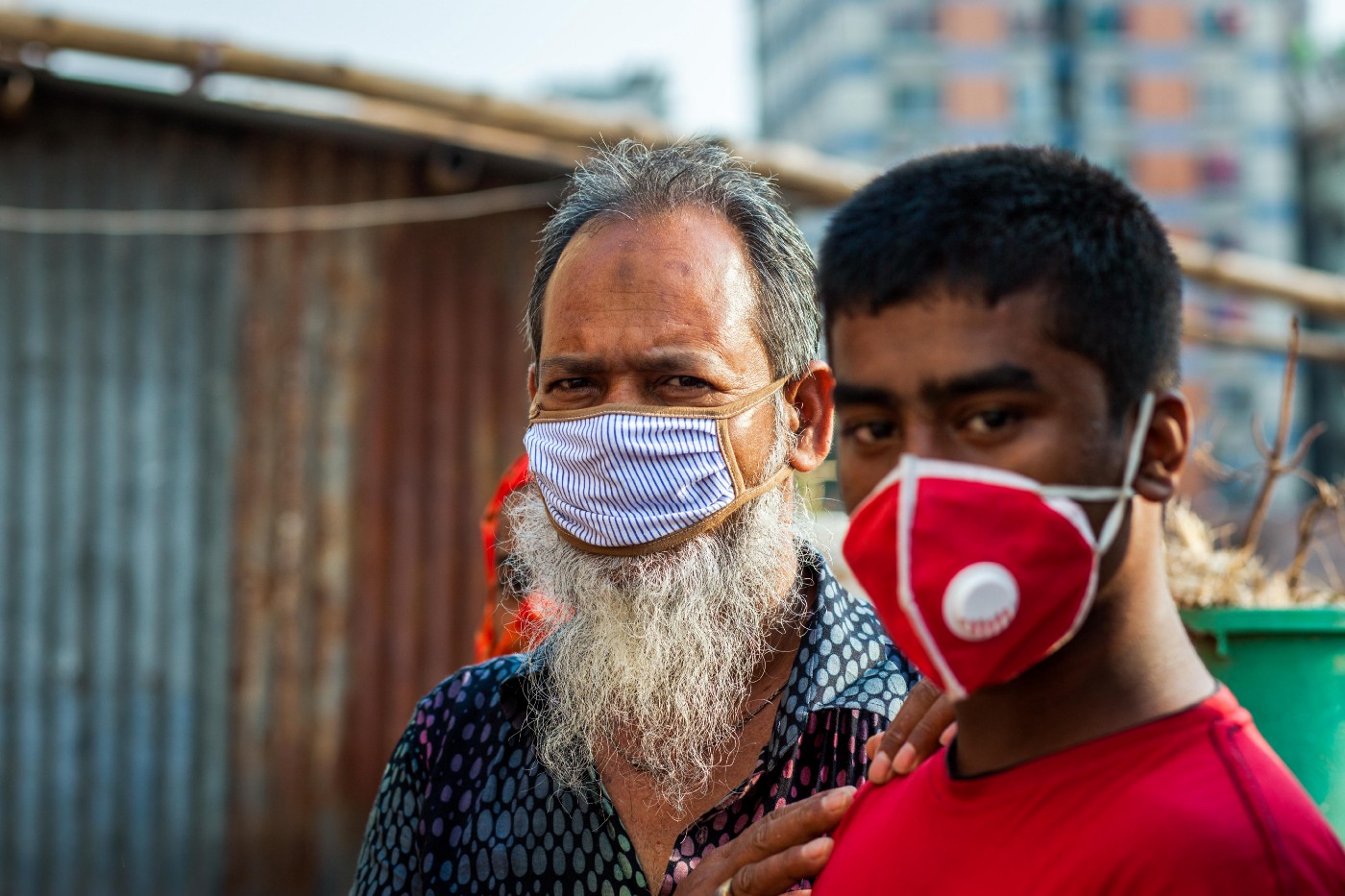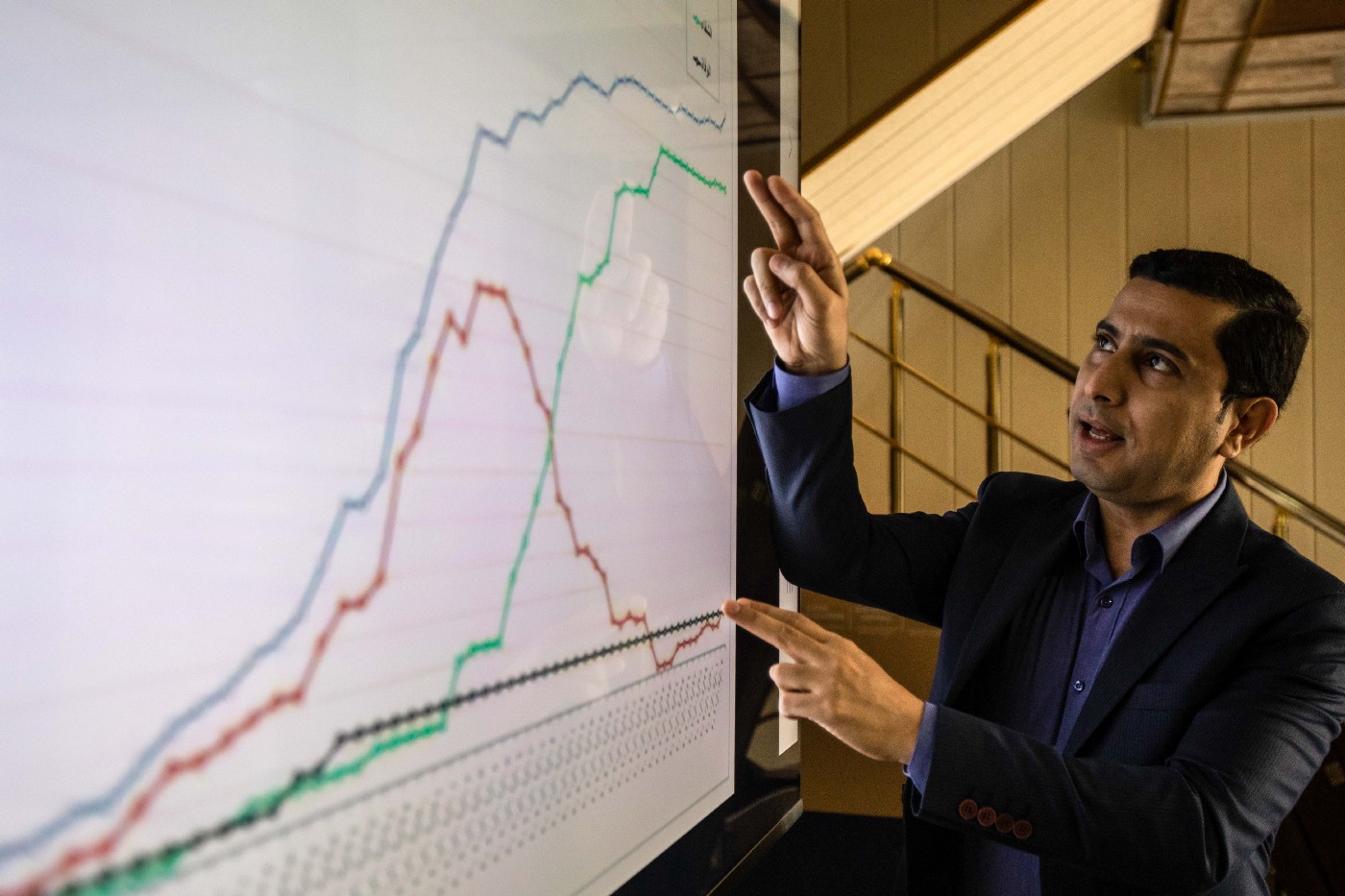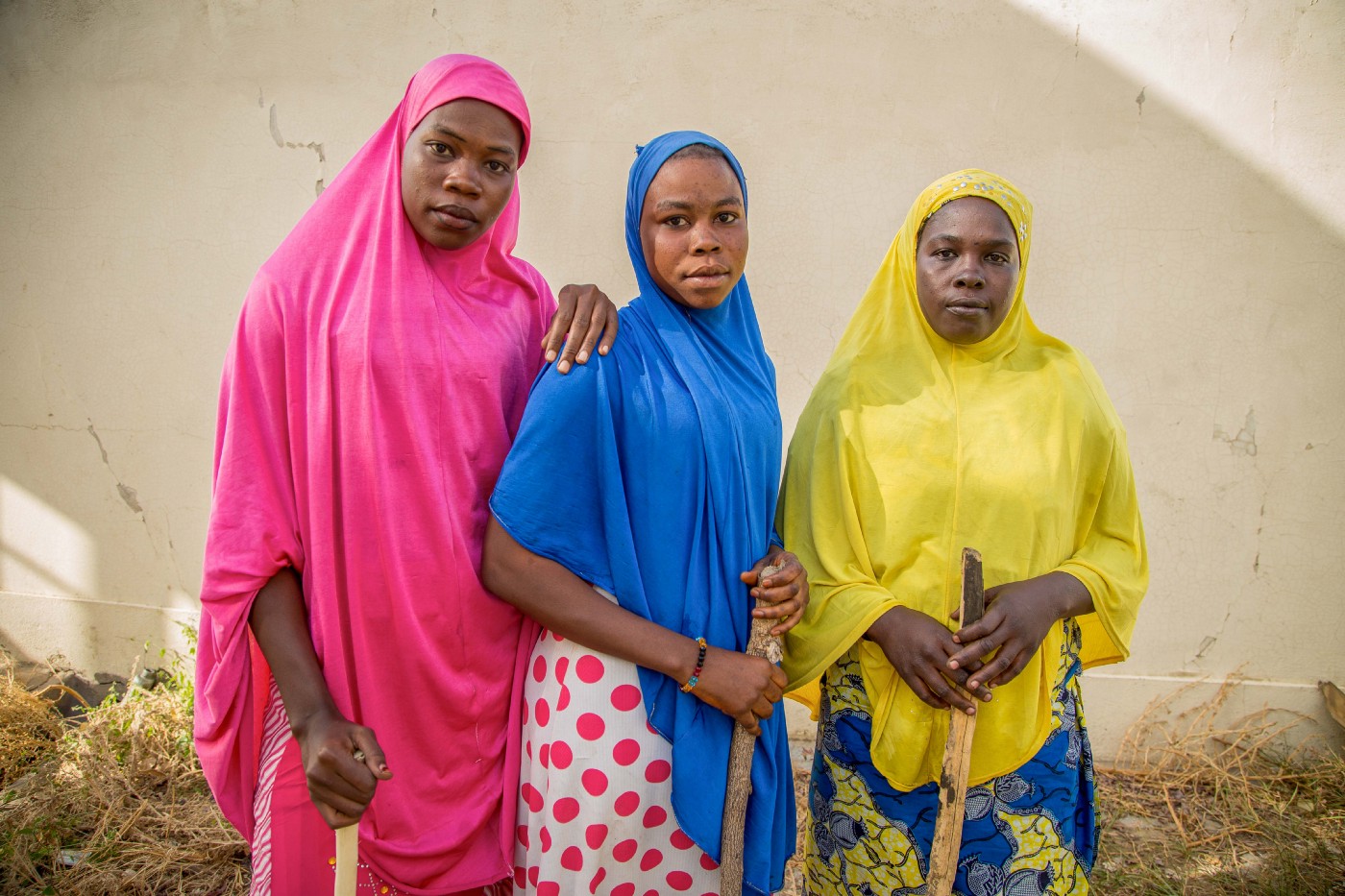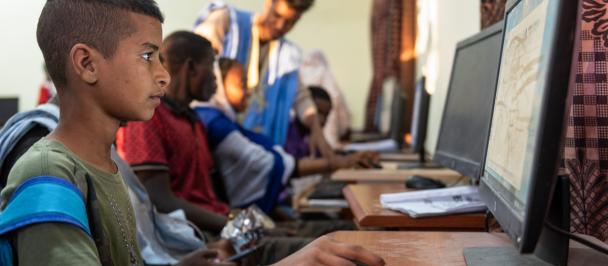Data Futures: Can SDG investments lift 146 million people from extreme poverty by 2030?
December 10, 2020

The COVID-19 crisis also an opportunity to reset how we live, interact, create policies and make decisions.
The COVID-19 pandemic is threatening human well-being and hard-won development gains in every corner of the world — and risks derailing efforts to achieve the 2030 Agenda. But the crisis also an opportunity to reset how we live, interact, create policies and make decisions.
We recently showed that the pandemic could push the total number of people living in extreme poverty to over one billion by 2030. In the same study, we also found that 48 targeted and integrated investments in governance, social protection, digitalization and green economy can help the world exceed the trajectory we were on before the pandemic, even when taking COVID impacts into account. This integrated set of SDG investments could lift 146 million people out of extreme poverty by 2030, and over 205 million by mid-century.
This is part of a bigger investment UNDP is making in cutting edge methods and new approaches to support the UN system, governments and partners strengthen evidence-based decision making and integrated solutions.
Today we are launching a COVID-19 Data Futures Platform— an open resource powered by UNDP’s SDG integration mandate, which supports users to design development solutions that build forward from COVID-19. Drawing on data sources from across the UN system and partners, the platform builds on our long-standing commitment to technology and innovation in responding to development challenges. At its core is UNDP’s commitment to accurate, multi-dimensional and inclusive data, with transparent sources and methodologies. In 2019, we formalized this approach by releasing the Digital Strategy that set the path for new ways of thinking about development and using digital tools as drivers of development. Amid the global pandemic, the platform is part of our broader effort to leverage data as a strategic asset, developing insights and ultimately spur action to build forward better.

UNDP is committed to accurate, multi-dimensional and inclusive data, with transparent sources and methodologies.
Here’s how you can use it:
Changing the trajectory we were on before the pandemic will require a herculean effort — and bold decision making that seemed impossible just a few months ago. We have previously shown how the immediate introduction of a Temporary Basic Income for the world’s poorest people could slow the current surge in COVID-19 cases by enabling nearly three billion people to stay at home.
Our estimates show that it would cost from $199 billion per month to provide a time-bound, guaranteed basic income to the 2.7 billion people living below or just above the poverty line in 132 developing countries. Today, you can check what a temporary basic income would potentially cost in your country using the platform’s simulator under a select set of policy choices.
Users can also assess social protection measures. One of the challenges is effective targeting of those in need and meeting our commitment to leaving no one behind. Another is recognizing that we need to go beyond income to target the most vulnerable, like in Colombia, where historic investments in social protection provided the foundation for a massive upscaling in coverage — doubling the number of households receiving support and reducing the expected COVID-19 related increase in poverty by five percentage points. Our platform builds dynamic data visualizations using AR and cutting edge technologies, in this case to support government and partners to ‘see’ where gaps in social protection coincide with other vulnerability metrics, and collaborate on the kinds of investments that ensure the most vulnerable are protected from the worst impacts of COVID-19.
The resurgence of poverty will likely deepen gender poverty gaps, but our research with the Pardee Center for International Futures at the University of Denver shows that a set of targeted investments can reduce the global female poverty headcount by 74 million in 2030, which includes 40 million women and girls who live in fragile and conflict affected settings. This will not happen without gender responsive social and economic policy making. Together with UN Women, we recently launched the COVID-19 Global Gender Tracker, which monitors more than 2,500 measures in 206 countries and territories from a gender perspective. We found that while many countries are prioritizing gender in their COVID-19 efforts, overall, the global economic, social protection and labor market responses have been, so far, largely blind to women’s needs. Check your country or region today to explore best practices and gaps in the COVID-19 policy response.

A set of targeted investments can reduce the global female poverty headcount by 74 million in 2030.
The COVID-19 pandemic is still unfolding, but it’s clear that ignoring structural challenges, such as deepening inequalities and gaps in safety nets, has led to an enormous regress in human development. For the Decade of Action, we have made a commitment to integrated approaches to help countries design sustainable pathways out of the crisis by balancing social, economic and environmental aspects — just like the 2030 Agenda requires us to. The foundation for this is evidence-based decision making and integrated analysis of how targets and investments interact — which can help us find entry points to systems change and ultimately build radically different futures.
Help us Build Forward Better — visit the new platform today.

 Locations
Locations
